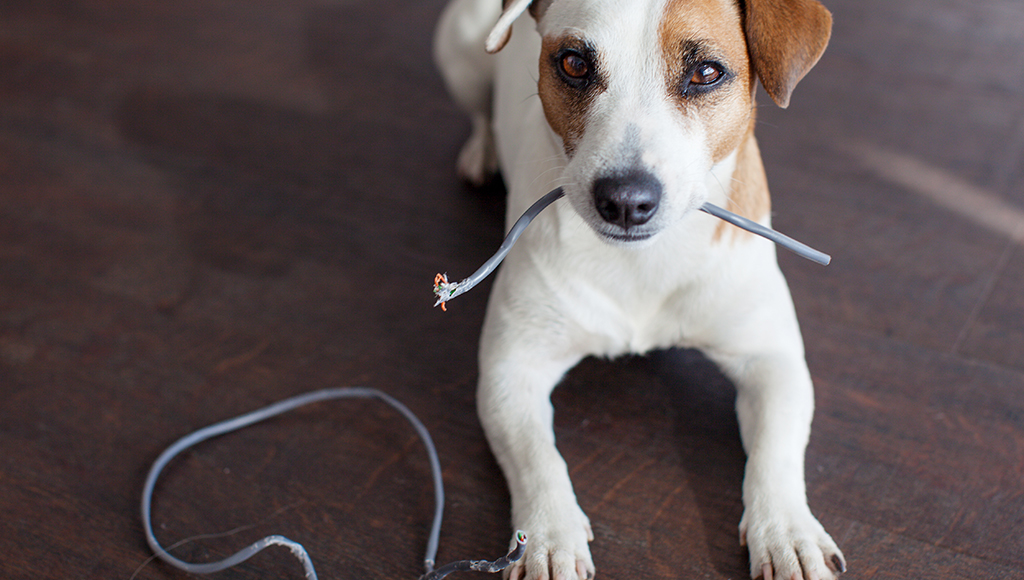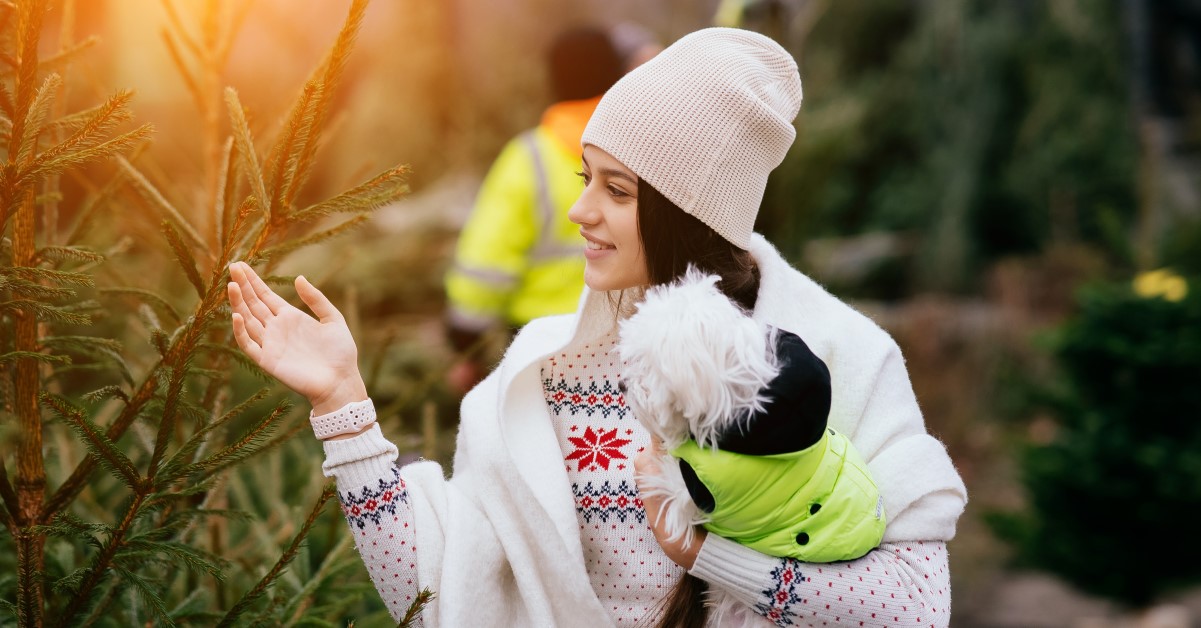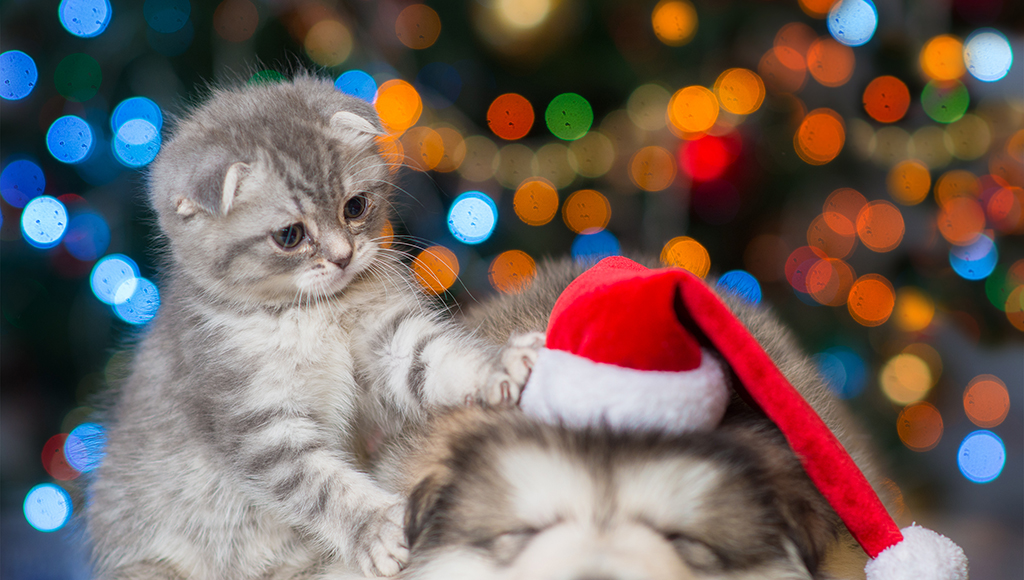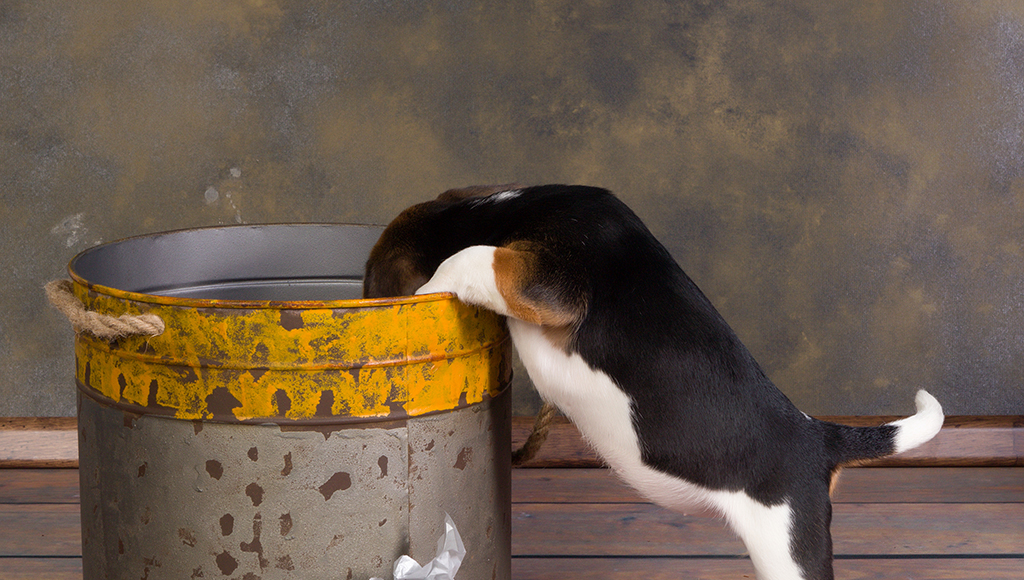Guidelines For Making Your Home Pet Safe
Try to think like your pet to get a sense of what might be dangerous to them.

Pets are more than just animals. Our furry friends require time, attention, and as safe and comfortable a home environment as we would provide our children. Over half of all homes have pets living in them, but too often animals are still an afterthought when it comes to how the home is set up.
When you think about your home as a safe, comfortable haven for both you and your pets, it is important to consider their particular needs along with your own, while recognizing where potential hazards and dangers may exist. Try to think like your pet to get a sense of what might be dangerous to them by getting on all fours to view your home from their point-of-view. Things will look much different from ground level, and the hazards you discover may surprise you.
While you are on the ground, make sure you inspect areas that your pet can access by way of climbing or jumping. You'd be surprised at the dangers a periodic inspection of your home can reveal. Here are some hazards to look for:
- Choking, strangulation, electrocution, and suffocation hazards - Keep window treatment cords short and cut through any loops, and unplug or cover wires and electrical cords. Move electrical and phone wires out of reach of chewing. Bags from potato chips, snacks, cereal, bread and more pose a suffocation risk for pets. It can take only minutes for a curious pet to get their head stuck and suffocate.
- Ingestion - Don't leave human foods and medications where pets can access them. Eliminate or relocate furniture "ladders" that curious pets can climb to access elevated areas like countertops and tabletops. Discard perishable trash daily to keep pets from rummaging through it.
- Temptation - Between trips to the curb, keep trash odors (and pet temptation) low with baking soda and a tight-fitting lid.
If pets get into the trash, they can chew chicken bones into shards, choke on fruit seeds and cores, and turn your house into a mess.
(Note that many fruit seeds contain natural contaminants that can result in potentially fatal cyanide poisoning in dogs: Grapes and raisins can cause kidney failure, caffeine in coffee grinds and chocolate are also toxic, sugar-free foods and gums containing Xylitol can cause liver failure, and nutmeg can cause tremors, seizures, and central nervous system damage.) - Indoor Plants - Make sure indoor plants are varieties that are pet-safe. Lilies can cause kidney failure in cats. Other common, but toxic, plants include amaryllis, poinsettia, mums, and aloe vera
- Chemicals - Avoiding pet exposure to antifreeze seems obvious; however, the smell and taste of it is especially appealing to both cats and dogs. In fact, approximately 10,000 pets die every year as results of antifreeze poisoning from as little as a drop. Keep it stored in a latched cabinet or on a high shelf. Use it carefully, and clean up any drips or spills immediately.
- Bathroom - Keep your toilet lid down, especially if you use automatic bowl cleaners, to eliminate risk of poisoning. Keeping the lid down also eliminates a drowning hazard.
- Open Windows - The number of cats that fall out of windows is so high that the veterinary profession has coined for it the term High-Rise Syndrome. If you must open windows, make sure that screens are sturdy and properly installed. Window guards are not adequate protection for cats that can easily fit through the bars.
- Laundry - Check for and block any small spaces, nooks, or holes inside cabinets or behind washer/dryer units.
- Punctures and Scratches - Keep all sharp objects and tools out of reach.
- Burns - Make sure all heating/air vents have covers.
- Cabinets - Use childproof latches to keep little paws from prying open cabinets.
Ready to start saving money on pet wellness care?
Then take a look at Mint Wellness, the pet wellness plan that provides fast reimbursement on routine pet care. Save on vaccinations, wellness exams, preventatives, dental, and more!
Learn More


